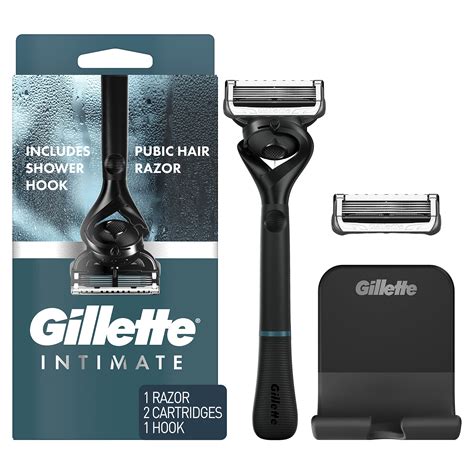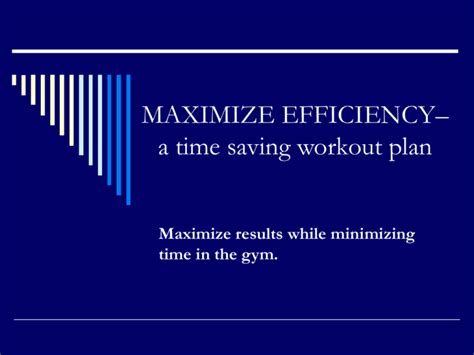Crush plateaus: Optimal rep scheme for peak strength & hypertrophy gains?

Unlocking New Gains: The Power of Rep Scheme Optimization
Every dedicated lifter eventually faces the dreaded plateau. Progress stalls, weights feel heavy, and motivation wanes. Often, the culprit isn’t a lack of effort, but rather a monotonous approach to training, particularly in rep scheme selection. To continuously build peak strength and achieve significant hypertrophy, a dynamic and strategic approach to repetitions is essential. This article dives into the science and application of various rep schemes, offering insights into how to integrate them for consistent, breakthrough gains.

The Fundamentals: Strength, Hypertrophy, and Endurance
Before optimizing, it’s crucial to understand the distinct physiological adaptations triggered by different rep ranges:
- Strength (1-5 Reps): This range primarily targets the central nervous system (CNS), improving neural drive, motor unit recruitment, and intermuscular coordination. While muscle growth is a byproduct, the main focus is lifting maximal weight.
- Hypertrophy (6-12 Reps): Often considered the sweet spot for muscle growth, this range maximizes mechanical tension, metabolic stress, and muscle damage – key drivers of hypertrophy. Moderate weights allow for sufficient time under tension.
- Endurance (15+ Reps): While less relevant for peak strength or hypertrophy directly, high-rep sets improve muscular endurance and work capacity. They can also contribute to hypertrophy through increased metabolic stress and blood flow, though less efficiently than the 6-12 rep range for most individuals.
The common misconception is that these ranges are mutually exclusive. In reality, they exist on a continuum, and gains in one area often positively influence the others.

Beyond the Basics: Advanced Rep Schemes for Plateau Busting
While traditional rep ranges are a solid foundation, incorporating advanced techniques can provide the necessary stimulus to break through plateaus and push new boundaries.
Periodization: The Art of Structured Variation
Periodization involves systematically varying training variables over time. Key types include:
- Linear Periodization: Gradually increases intensity while decreasing volume over a macrocycle (e.g., starting with 3×10, then moving to 4×8, then 5×5).
- Undulating Periodization (DUP): Varies intensity and volume more frequently (e.g., daily or weekly), allowing you to train different qualities within the same microcycle (e.g., Monday: strength focus 5×5, Wednesday: hypertrophy focus 3×10, Friday: power focus 6×3). This keeps the body guessing and can prevent adaptation plateaus.
Intensity Techniques for Enhanced Gains
- Cluster Sets: Involve taking short, prescribed breaks (10-30 seconds) within a set to allow for partial recovery and enable more reps with a heavier weight than would otherwise be possible (e.g., 3 reps, rest 20s, 3 reps, rest 20s, 3 reps). Excellent for strength and power.
- Rest-Pause: Perform a set to near failure, take a brief rest (10-20 seconds), then perform additional reps with the same weight until failure again. Repeat for 2-3 mini-sets. Potent for hypertrophy.
- Myo-Reps: An advanced rest-pause method focusing on an activation set followed by short, frequent mini-sets to maximize muscle fiber recruitment and metabolic stress.
- Drop Sets: After reaching failure with a given weight, immediately reduce the weight and continue performing reps to failure. Repeat 1-2 more times. A classic for pushing past fatigue and maximizing hypertrophy.

Crafting Your Optimal Rep Scheme Strategy
There isn’t a single ‘optimal’ rep scheme, but rather an optimal strategy that integrates various schemes to achieve specific goals.
For Combined Strength & Hypertrophy:
The most effective approach is often a blend:
- Prioritize Big Lifts (Squat, Bench, Deadlift, OHP): Dedicate these movements to lower rep ranges (1-6) to build foundational strength. This increased strength will allow you to lift heavier weights for your hypertrophy work later.
- Accessory Lifts: Utilize moderate to high rep ranges (8-15) for isolation and compound accessory movements to maximize muscle growth and address imbalances.
- Integrate Periodization: Cycle through periods focusing more on strength (lower reps, higher intensity) and periods focusing more on hypertrophy (moderate reps, higher volume). Undulating periodization can be particularly effective for simultaneously developing both.

When to Implement Advanced Techniques:
- Plateau Busting: If progress stalls, introduce a new advanced technique for 2-4 weeks to shock the system.
- Specific Phases: Use cluster sets during strength blocks, and drop sets or rest-pause during hypertrophy blocks.
- Experienced Lifters: These techniques are generally best suited for intermediate to advanced lifters who have mastered basic form and have a strong strength base.
Remember, progressive overload remains the cornerstone of all effective training. Whether you’re lifting more weight, doing more reps, or improving technique, the goal is always to provide a greater stimulus over time.

Conclusion: Consistency, Variation, and Listening to Your Body
Crushing plateaus and achieving peak strength and hypertrophy gains is not about finding a magic rep scheme, but about intelligently applying variety and progressive overload. By understanding the physiological impact of different rep ranges, implementing structured periodization, and strategically utilizing advanced techniques, you can continuously challenge your body and adapt. Experiment with different approaches, pay attention to how your body responds, ensure adequate nutrition and recovery, and most importantly, stay consistent. The path to breaking through stagnation is paved with smart training and a willingness to evolve your approach.









